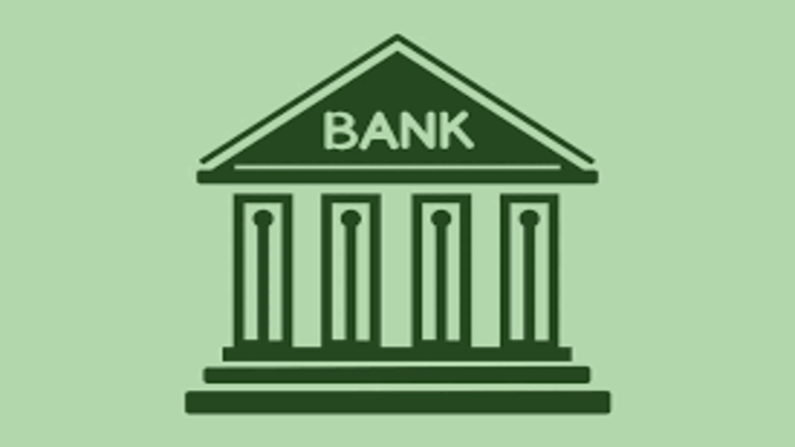S&P Global Ratings revises Indian Bank outlook to stable
Indian Bank is likely to maintain its solid funding and liquidity profile over the next 18-24 months, the report noted

The capitalisation of Indian banks has improved as a result of recent equity capital raising and enhanced profitability. This has led the S&P Global Ratings to upgrade the Indian Bank’s outlook from negative to stable. The agency believes that the steady outlook reflects their expectation that the capitalisation of the Indian bank will be sufficient to withstand mild asset quality concerns over the next 24 months.
“In our view, the stronger capital position should give the bank sufficient cushion against potential asset quality pressures from the brunt of a COVID-19 second wave; our baseline expectation is for Indian bank’s weak loans (gross non-performing loans or NPLs plus restructured loans) to stay below 12% of total loans, and credit costs not materially worse than 2%,” noted the S&P Global Ratings.
Covid-19 impact
According to S&P Global rating estimates, the second wave of covid-19 infections will exacerbate the banking system’s asset quality strain in the first half of fiscal 2022 as a result of low collections and disbursements.
“The sector’s weak loans will likely remain elevated at 11%-12% of gross loans in the next 12-18 months. Credit losses for the sector should remain high at 2.2% before recovering to 1.8% in fiscal 2023,” highlighted the report.
Cautious side
On the flip side, the agency highlighted that they may downgrade the rating by one notch if: (1) Indian Bank’s risk-adjusted capital (RAC) ratio falls below 5% on a sustained basis, possibly as a result of credit growth or provisioning exceeding expectations, particularly in the absence of sufficient capital infusions; or (2) Indian Bank’s weak loans ratio or credit costs deteriorate beyond agency’s baseline expectations.
That said, the agency also believes that an upgrade of Indian banks seems improbable in the next one to two years due to the requirement for India to have a higher sovereign credit rating. S&P Global Ratings does not rate Indian banks higher than the sovereign because of the direct and indirect impact a distressed sovereign would have on banks’ operations, especially their capacity to service foreign currency debt. “Our evaluation of Indian Bank’s stand-alone credit profile may improve if the bank’s asset quality improves to international peer standards,” said the report.
Outlook
Going forward, the stable outlook reflects the agency’s belief that the Government of India will continue to provide significant support to banks over the next 24 months. “We also believe Indian Bank’s strengthened capital position should be able to weather asset quality pressures while the bank maintains its financial profile in line with our ratings. In our view, Indian Bank is likely to maintain its solid funding and liquidity profile over the next 18-24 months,” the report noted.